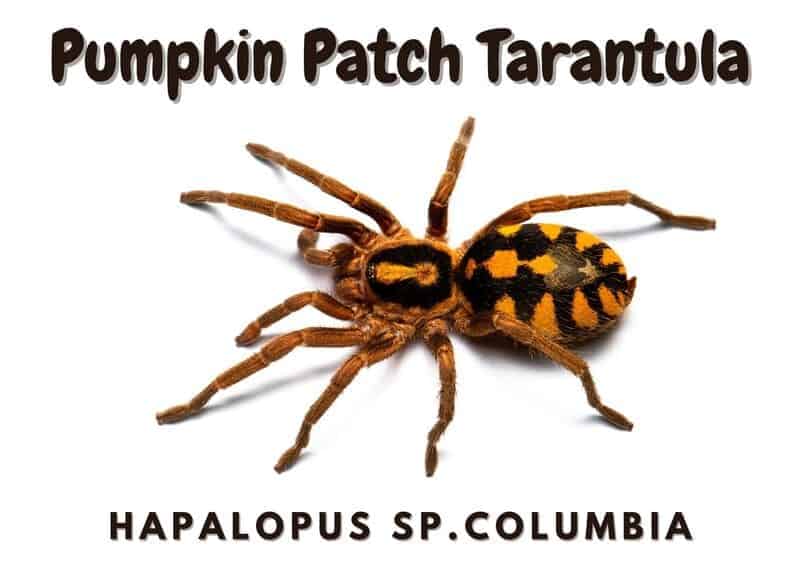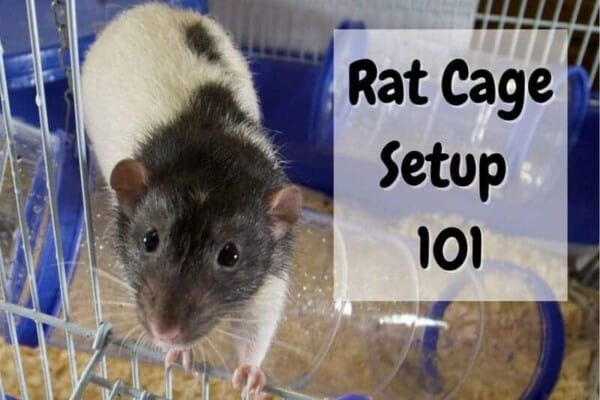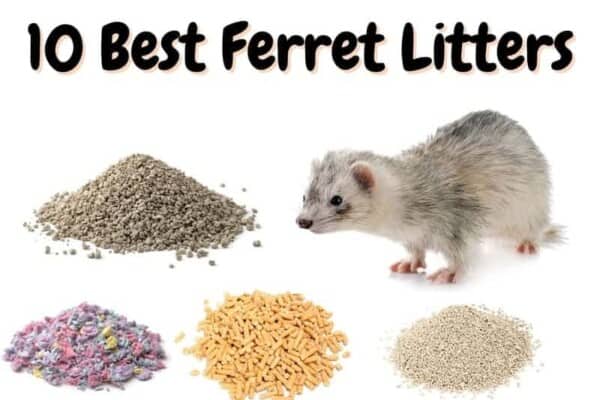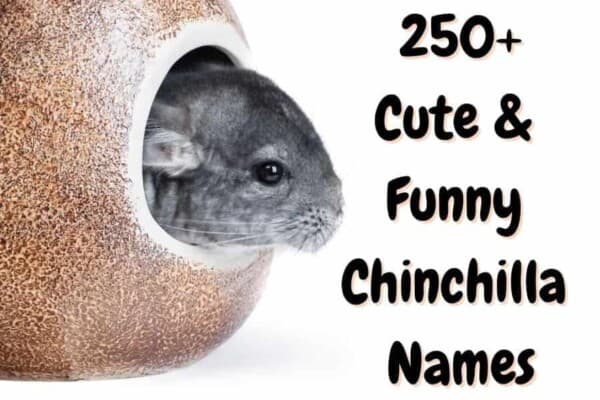A wonderful species that hails from the coastal regions of Columbia has beauty and charm. This pumpkin patch tarantula is a pygmy version that is cute and docile. Even those who are amateur spider collectors will be able to learn from this jittery species.
Its cute pumpkin patch pattern on its abdomen is remarkable and vividly colorful. Here is what you should know about them if you are thinking of keeping one as a pet.
Pumpkin Patch Tarantula Overview
| Scientific Name | Hapalopus sp. Columbia |
| Dwelling | Terrestrial |
| Size | 3 inches |
| Lifespan | 4 years (male) / 10 years (female) |
| Food | pinhead crickets and small specimens of dubia roaches, mealworms, waxworms |
| Difficulty | Beginner |
Hapalopus sp. Columbia– not to be confused with the Hapalopus formosus that was identified by Anton Ausserer (1875). Two bred versions are the large and the dwarf species. This care sheet focuses on the dwarf pumpkin patch spider only.
Characteristics of the Pumpkin Patch Tarantula
This pygmy species is easy to spot since they are smaller than most tarantulas. Their carapace has a keyhole pattern shape on the cephalothorax.
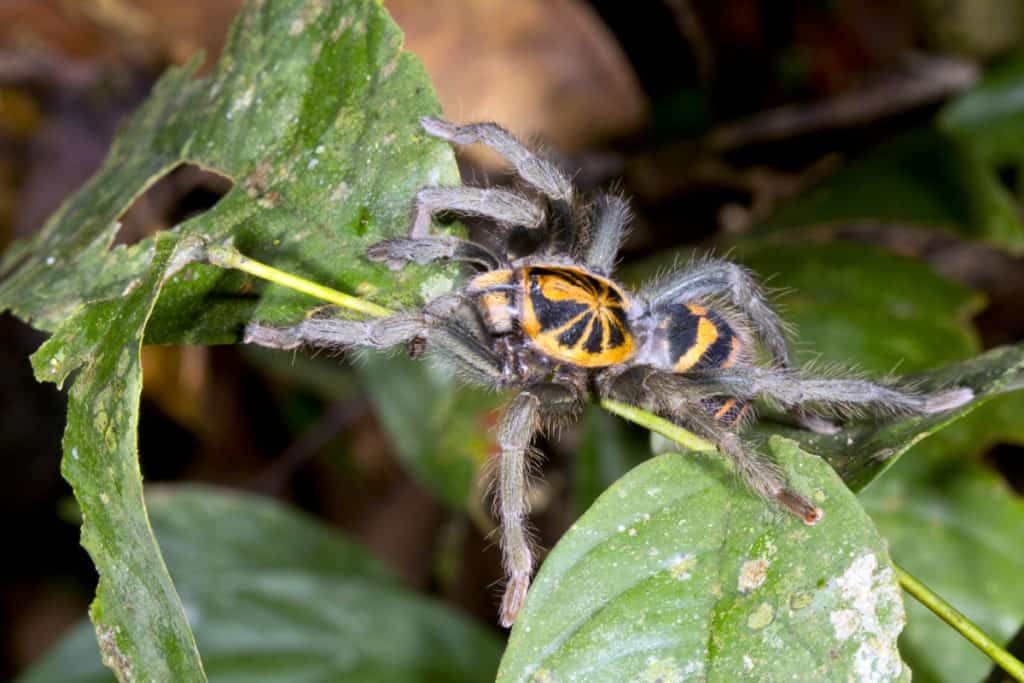
Most of their body and legs are a golden almond color whereas the abdomen features bright orange pumpkin-shaped spots. Some of them connect while most of them are separate from each other.
Spiderlings will not have colorful orange spots until their 1st-year molt. These appear as bright yellow markings instead.
Size
When they say dwarf-sized they mean it! The adult females will grow to reach a maximum length of three inches (7.5cm). Slings are very tiny measuring in at a whopping 5mm with their legs outspread!
Adult males will naturally be smaller than females. They will have longer legs though.
Temperament
These are perfect for beginners for several reasons. They are docile and non-aggressive. They do tend to be skittish and will run away from potential dangers. Mostly, they will retreat to their burrow to hide. They do not flick hair like others and do not bite. They are feisty enough when it comes to hunting and will take on prey that is as large as they are.
Lifespan
Amazingly, such a small spider can live for up to 8-10 years for all females. The males will not last much longer than 3-4 years.
Difficulty of Care
The perfect beginner spider since they are small and very relaxed. Pumpkin Fast tarantulas are fast runners and can retreat quickly if they feel scared. They don’t rear up in a defensive pose or flick their urticating hairs. This is not to say that they can’t, but this species is very calm overall.
Housing the Pumpkin Patch Tarantula
The pumpkin patch tarantula doesn’t need much room at all. You can get away with a tank that is a maximum of 2.5 to 5 gallons. These spiders aren’t big so escaping is not going to be a concern with most owners. As long as the lid can lock and air holes are too small for them to escape. An ideal container can be plastic or glass depending on your choice.
The plastic ones aren’t always better since plastic can get foggy or scratched over time. Glass containers offer more options for side openings and longer-lasting enclosures. If you intend to display your spider, a nice-looking enclosure is always better to look at. Breeders prefer plastic tubs since they can have many containers stacked on top of each other.
Cleaning
Since the climate for the pumpkin patch tarantula is higher in humidity, you will need to clean the substrate every month. This has a lot to do with conditions that introduce possible parasites, bacteria, and fungi. Water dishes need cleaning every day counts too since your spider might drag substrate into the dish itself.
Accessories
This species likes to have various hides in its tank. This can be anything that provides cover such as an empty half-coconut, a ceramic skull, or a cool Mayan tomb. Large pieces of tree bark or rocks. Even some fake plants would be good. Your spider won’t mind either.
Humidity
The best humidity for these little spiders is always 70-82%. Depending on the seasons you can simulate spring and summer humidity levels that are going to be higher at 82%. Fall and winter seasons will be cooler in humidity (70%). Use an additional heating pad under the tank (not inside the tank) to keep the substrate moisture building up humidity faster.
Temperature
As far as temperature goes, this should be flexible also. You will need 75-80F for the summer months and 70-76F for the winter months. As mentioned before the heat pad will help maintain humidity and temperature. If you keep the seasonal temperature close to their natural environments, they will become more colorful. Happy spiders will reflect that.
Lighting
These spiders like to burrow so light is not very important to them. If there is light it’s purely for your viewing needs. We recommend that you use a dimming LED bulb that can save on electricity costs too. Choose a warmer light that simulated sunlight instead of harsh white light.
Substrate
You need three inches of substrate in your tank enclosure since it doesn’t need to be deeper. Use one-third of each material in equal parts. One-third of the topsoil is mixed with vermiculite and coconut fiber.
All of these need to become sterile to kill off any kind of bacteria and living bugs inside the soil. The vermiculite is for keeping water in the soil and the coconut fiber wards off bacteria.
Once you bake the coconut fiber and topsoil mixture together, put it in a large glass pan to cook it for one hour. It needs to be 150F to kill anything living. Add the vermiculite and water with your dried soil in a big bucket until it becomes a clay-like mixture. It shouldn’t be too wet and it shouldn’t crumble either.
Feeding your Pumpkin Patch Tarantula
Adults will like to eat pinhead crickets and small cockroaches. Other insects include mealworms and waxworms. You can also offer small dubia roaches as these are also good to serve. Spiderlings will love wingless fruit flies and tiny nymph crickets.
Feeding schedule
These spiders are bi-weekly feeders as adults. They will be active night hunters, though not exclusively. You can feed them with a pair of long tweezers or let the prey roam free.
If they have not eaten what you put in, remove them as soon as possible. The insects might try to lay eggs in the substrate. Besides that, crickets tend to bother these spiders.
Spiderlings need at least food twice a week for the first year. They don’t care if the food is living of dear so freshly mashed cricket or mealworms are good for them.
Drink
They will need new water every day. Place a small cap inside their habitat. A cola twist-off cap is good but more shallow caps are better. Try using a Snapple cap or a V8 juice cap. It needs to be sunken into the substrate at ground level.
Handling the Pumpkin Patch Tarantula
These little spiders are very calm and can be held in your hand. As with all spiders and tarantulas, you need to be careful with your movements. They can scare easily if they are not used to being held.
They do not bite but even if they do, there had to be a reason why they felt threatened. Bites will not be painful be do pose a serious threat to bee-sting allergy sufferers.
Common health problems
As long as the soil is sterile, the issue of mites or bacteria is not a concern. The other issue is food and water being given at proper times. Water should always be provided so they do not dehydrate. Food should be monitored so they don’t starve. Being flexible with food offerings is just a good husbandry habit on your part. Take good care of the pumpkin patch tarantula and they will be healthy.
Breeding tips for the Pumpkin Patch Tarantula
Females mature in 2 years while males just need one year. Males will molt in their first year and the appearance of their pedial hooks will be present. After being given sufficient time to harden their exoskeleton, they will start making a sperm web. They need to be well-fed for a few weeks before mating.
When the male is introduced into the female tank it can take several minutes before they connect. If the mating is successful the male will escape and survive. The female will be content to retreat to her burrow. She needs to eat well at this time, so offer a medium cockroach.
How many eggs does the Pumpkin Patch lay?
The female can lay up to 500 eggs within a specially-created cocoon. A month later she will carry out an egg sack that she carries on her belly. If you are careful, remove the egg sack after 3-4 weeks. At this time the spiderlings will begin to hatch.
What to do with the spiderlings
It depends on how well the spiderlings hatch since not all the eggs will turn out healthy. Some will not make it – sadly enough. You can raise them for yourself and also decide to sell them off to other buyers.
These are newer spiders that most people have never heard of before. Now they are becoming popular in recent years. They are very good for beginners who have some experience too.
Availability of the Pumpkin Patch Tarantula
These spiders are not hard to find in both the spider world and the online communities. The demand for the pygmy pumpkin patch tarantula is growing at a steady pace as well. They will not be hard to find as a result if you are looking to buy a spiderling.
Cost, on the other hand, is an issue you should always research before buying them. And always be sure that you are buying the pygmy and not the larger-sized variant.
Resources and Further reading
Contents

